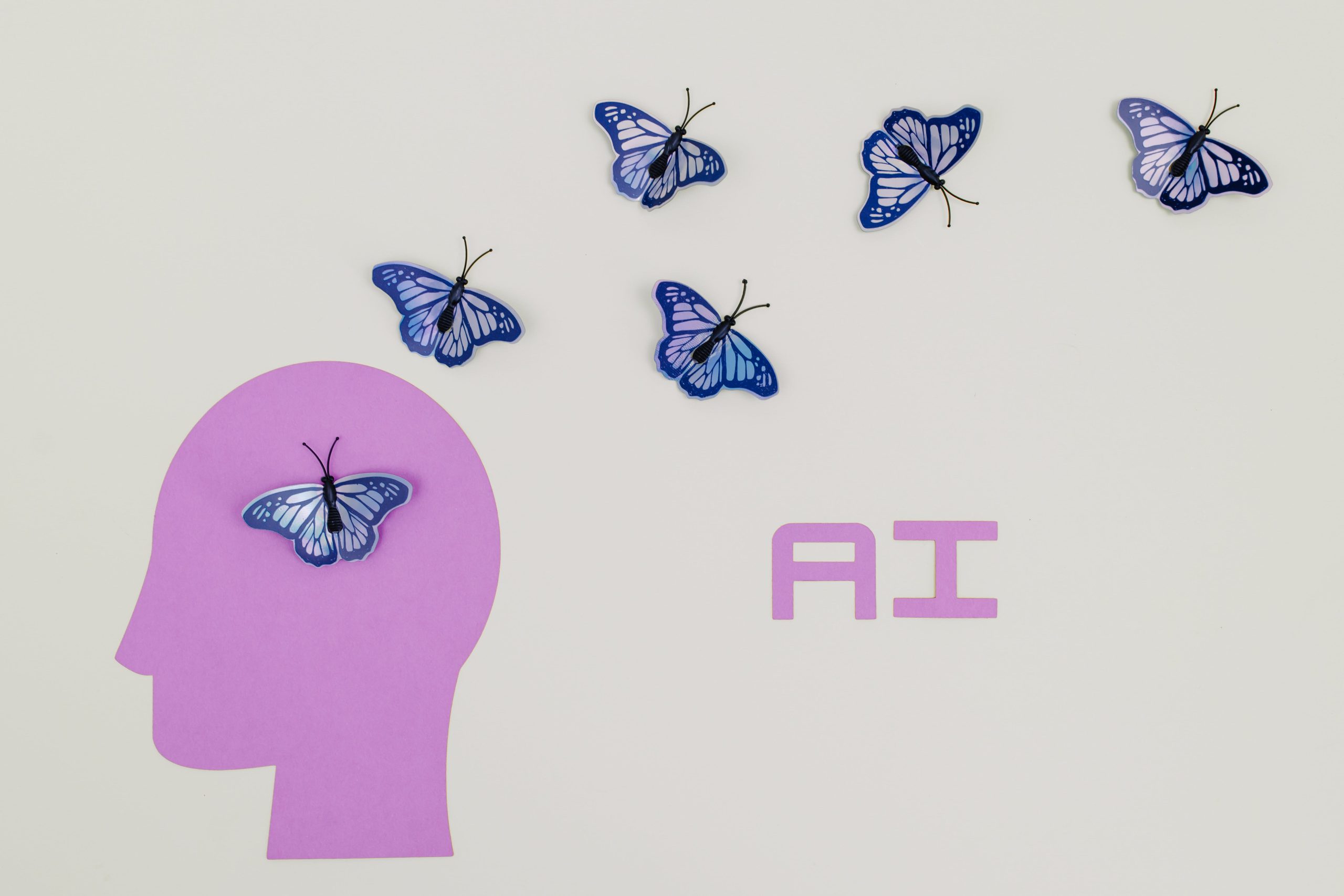Welcome to the future of artificial intelligence, where the lines between human and machine continue to blur. As technology advances at an unprecedented pace, the concept of creating AI with its own unique personality and character has become a reality. In this article, we delve into the intriguing world of Character AI accounts and explore how users can sign in to these fascinating digital entities. Whether you’re a tech enthusiast, a curious mind fascinated by AI’s potential, or simply someone intrigued by the idea of interacting with intelligent virtual beings, this guide will provide you with valuable insight into accessing and engaging with Character AI accounts.
Understanding Character AI
Understanding Character AI is crucial for unlocking the full potential of this innovative technology. Character AI refers to the simulation of human-like behaviors and decision-making processes by artificial intelligence in virtual characters. These intelligent agents can be programmed to exhibit a wide range of emotions, personality traits, and actions, making them invaluable for enhancing interactive experiences in gaming, virtual reality, and storytelling.
By delving into the intricacies of character AI, developers can create more immersive and engaging narratives that resonate with audiences on a deeper level. Additionally, understanding how AI interprets and responds to user inputs allows for personalized interactions tailored to individual preferences. As the capabilities of character AI continue to advance, its impact on entertainment and communication will become increasingly profound—ushering in a new era of interactive storytelling and virtual experiences.
Creating an Account
Creating an account with Character AI is a simple and straightforward process that opens up a world of possibilities. With just a few clicks, users can unlock the power of cutting-edge artificial intelligence to enhance their creative projects. The registration process requires minimal information, ensuring a quick and hassle-free experience for everyone. Once the account is created, users gain access to a wealth of resources, including intuitive tools and personalized recommendations tailored to their unique needs.
One exciting aspect of creating a Character AI account is the immediate access to industry-leading technology without any steep learning curve. Users can quickly integrate AI-powered features into their workflow, saving time and maximizing productivity from day one. Additionally, the platform’s user-friendly interface makes it easy for creatives at all skill levels to harness the full potential of AI in their work, whether they’re seasoned professionals or newcomers to the field. By simplifying the onboarding process and focusing on user empowerment through technology, Character AI sets itself apart as an accessible and inclusive resource for anyone looking to elevate their creative endeavors with artificial intelligence.

Signing in with Email and Password
Signing in with email and password is a ubiquitous method of authentication, but its security can be a point of concern. The convenience of using an email address and a chosen password for account access is undeniable, yet it carries the risk of being compromised through phishing attacks, weak passwords, or data breaches. To address this, many platforms are implementing multi-factor authentication to add an extra layer of security.
It’s important for users to create strong, unique passwords and enable two-factor authentication whenever possible to safeguard their accounts. Additionally, developers should prioritize encryption and secure storage practices for user credentials to prevent unauthorized access. As technology evolves, biometric authentication methods like fingerprint or facial recognition are also becoming more prevalent in enhancing the security of account sign-ins.
Ultimately, while signing in with email and password remains a common approach to accessing accounts online, both users and developers must remain vigilant about implementing best practices to ensure the protection of sensitive information.

Signing in with Social Media Accounts
Signing in with social media accounts has become a standard practice for many online platforms, offering users the convenience of accessing multiple services without having to create and remember separate credentials. However, while the ease of use is undeniable, it raises concerns about privacy and data security. By linking your social media accounts to various platforms, you may unknowingly grant access to your personal information and online behavior. This presents potential vulnerabilities that could be exploited by malicious actors.
On the flip side, using social media accounts for sign-ins can also enhance user experience by streamlining account creation and login processes. It provides a seamless way for users to access new services without the hassle of creating yet another username and password combination. In addition, from a business perspective, integrating social media sign-ins allows companies to gather valuable demographic data and better understand their users’ preferences. Nonetheless, it remains crucial for both users and businesses alike to be mindful of the potential risks associated with this approach and take steps to safeguard sensitive information.
In summary, while signing in with social media accounts offers unparalleled convenience, it poses significant privacy risks that warrant careful consideration. As technology continues to evolve, finding the balance between seamless user experiences and robust data protection becomes increasingly pivotal in building trust between users and service providers.

Two-Factor Authentication
Two-factor authentication (2FA) has become an indispensable tool in the fight against cyber threats. By requiring users to provide two different forms of identification before accessing their accounts, 2FA adds an extra layer of security that goes beyond the traditional username and password. This is particularly crucial when dealing with sensitive information or high-value assets, as it significantly reduces the risk of unauthorized access by adding another barrier for potential attackers to overcome.
Furthermore, 2FA can take many forms beyond just receiving a text message with a code. Biometric authentication, such as fingerprint or facial recognition, is gaining popularity due to its convenience and enhanced security. Additionally, hardware tokens and mobile authenticator apps offer alternative methods for generating unique codes, further diversifying the available options for implementing 2FA. In today’s increasingly interconnected digital landscape, embracing these advanced authentication measures is vital for safeguarding personal and organizational data from malicious actors seeking unauthorized access.
Troubleshooting Login Issues
Troubleshooting login issues can be a frustrating experience, especially when it comes to accessing important accounts like Character AI. One common problem that users face is forgetting their password or username. In such cases, it’s essential to utilize the Forgot Password option to reset the login credentials. Another potential issue could be browser-related, where cache and cookies may hinder the login process. Clearing these browser data or using a different browser altogether can often resolve this issue.
Furthermore, users should also verify if their internet connection is stable and functioning properly, as connectivity problems can impede the login process. If all else fails, reaching out to customer support for specific troubleshooting guidance can bring about a swift resolution. By addressing these various potential concerns and applying practical solutions, users can navigate through login issues with ease and ensure smooth access to their Character AI account.
Conclusion: Mastering Character AI Account Access
In conclusion, mastering character AI account access is crucial for ensuring the security and efficiency of user interactions with artificial intelligence. By implementing multi-factor authentication and robust password management policies, developers can fortify the integrity of character AI accounts. Additionally, regularly updating security protocols and staying informed about emerging threats are essential for safeguarding user data and privacy.
Furthermore, incorporating biometric authentication methods such as fingerprint or facial recognition can provide an extra layer of security to character AI account access. As technology advances, it’s imperative to stay ahead of potential vulnerabilities and continuously evolve authentication processes to meet the demands of a dynamic digital landscape. Ultimately, prioritizing secure access measures not only enhances the user experience but also fosters trust in the reliability of character AI platforms.




